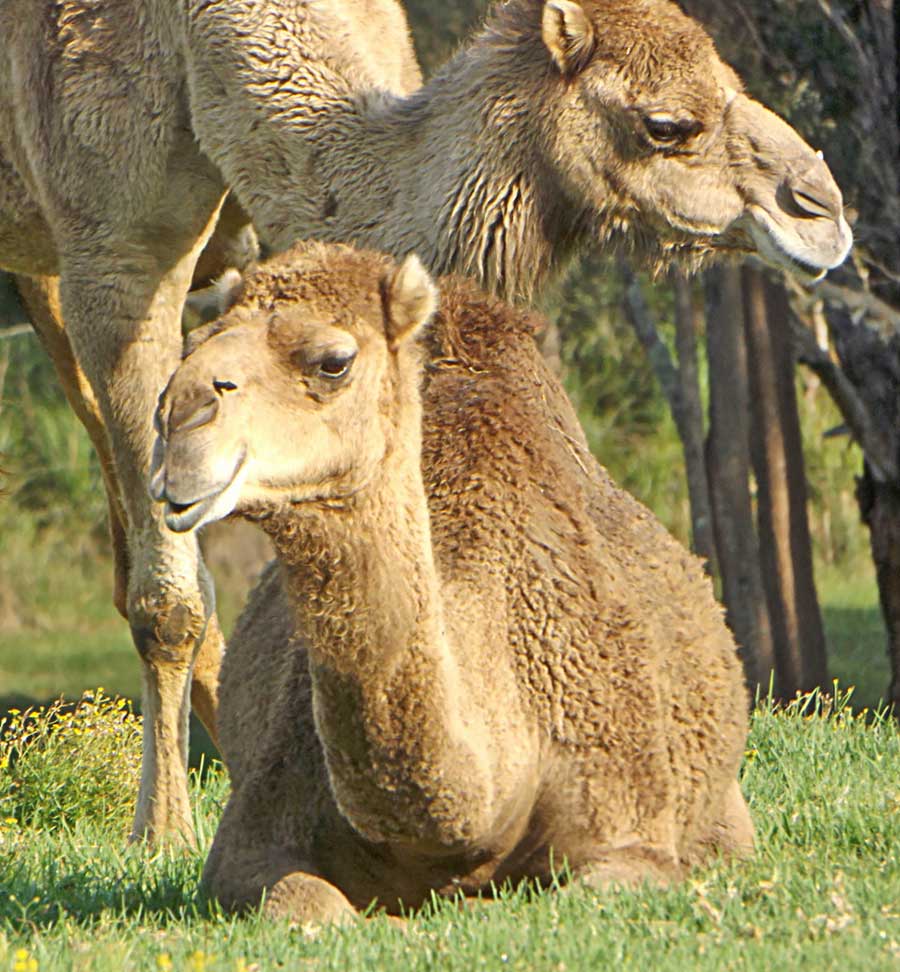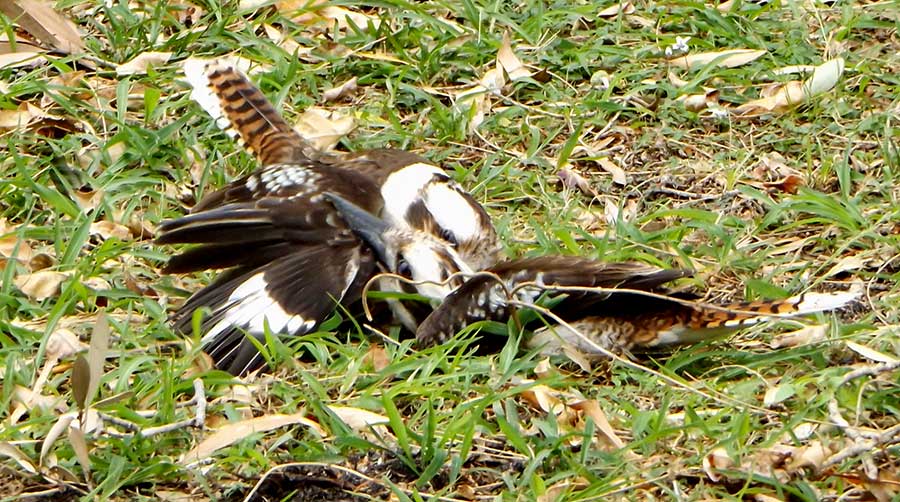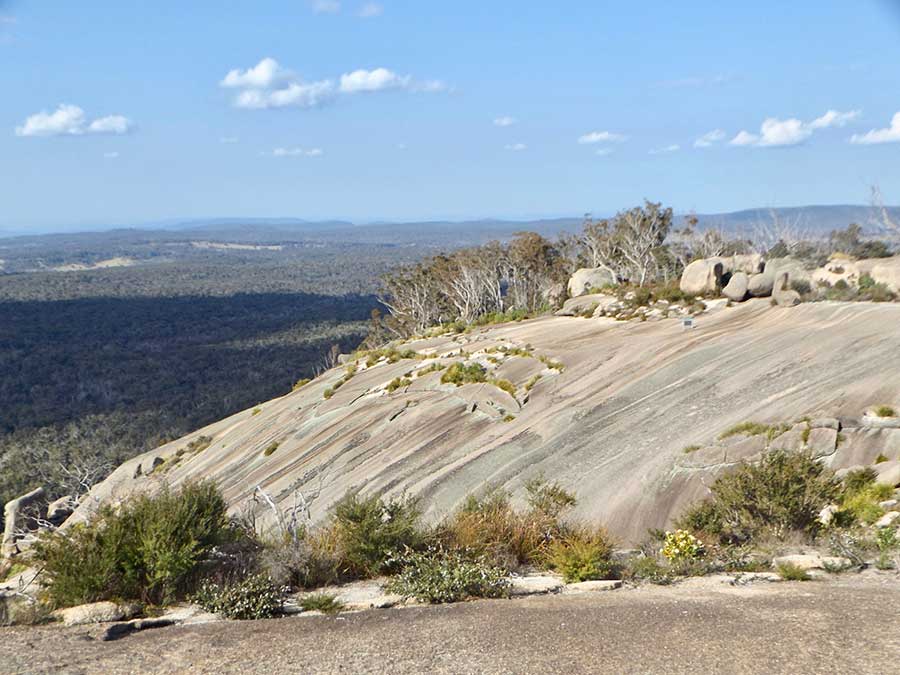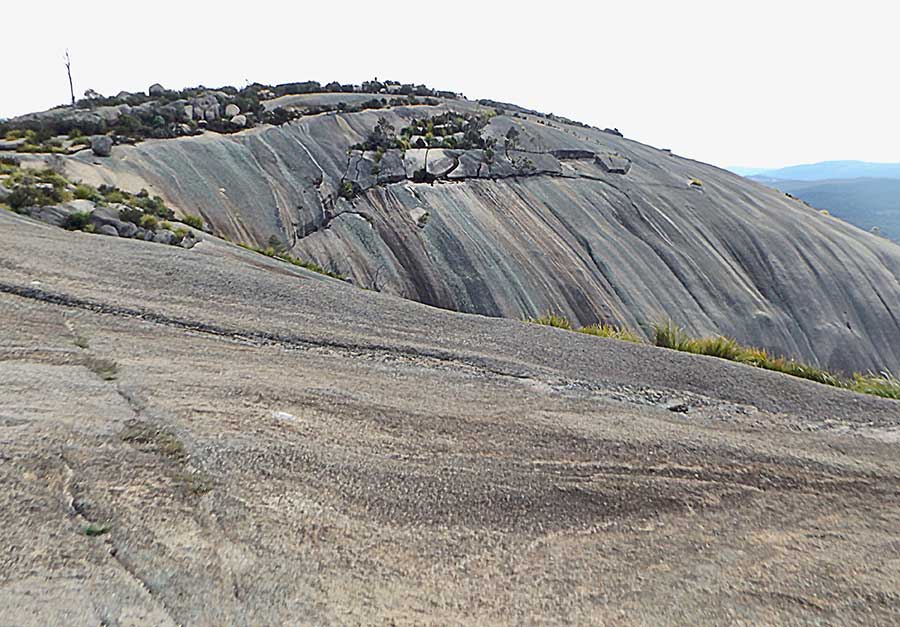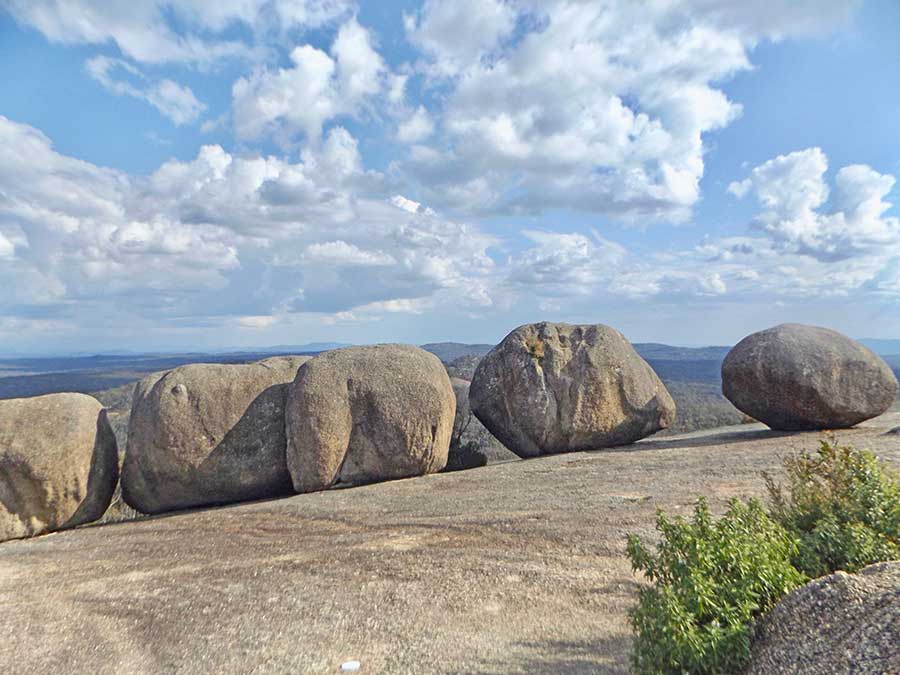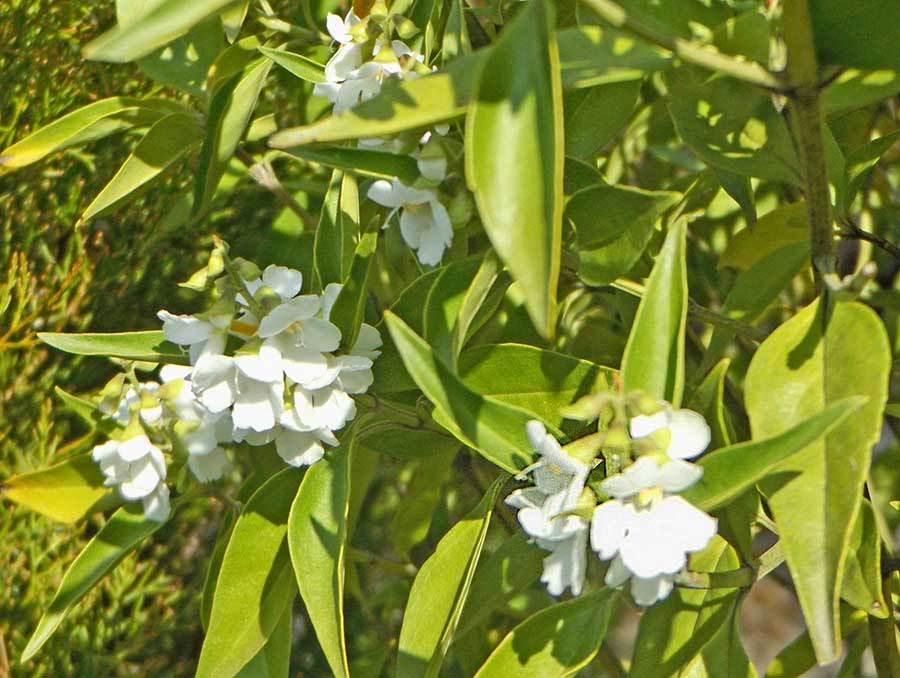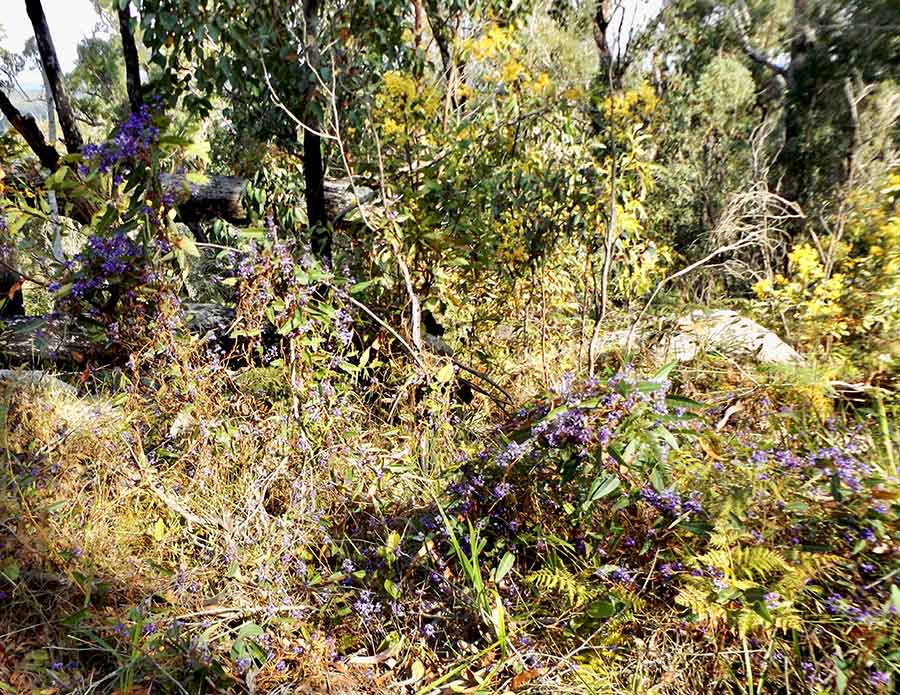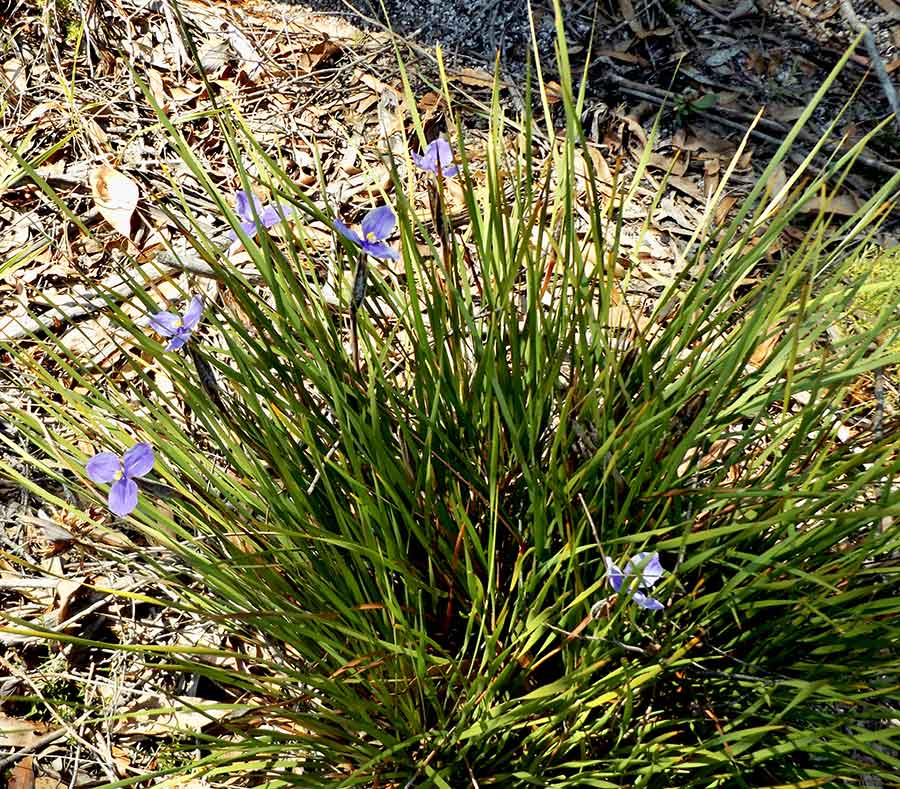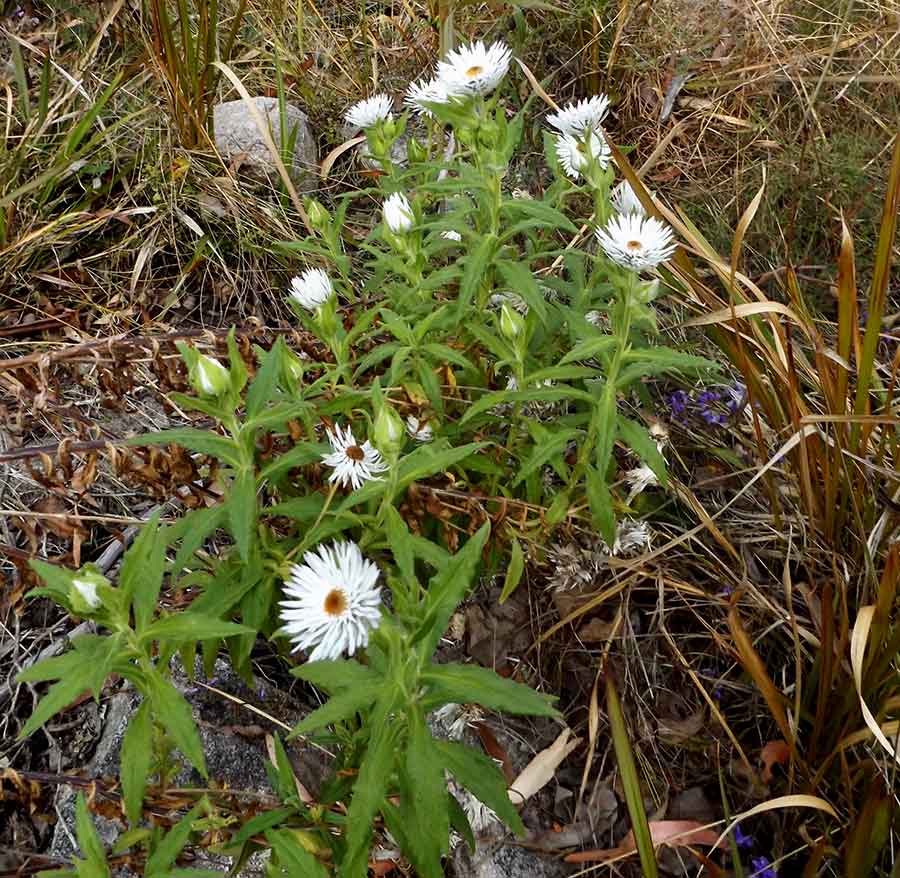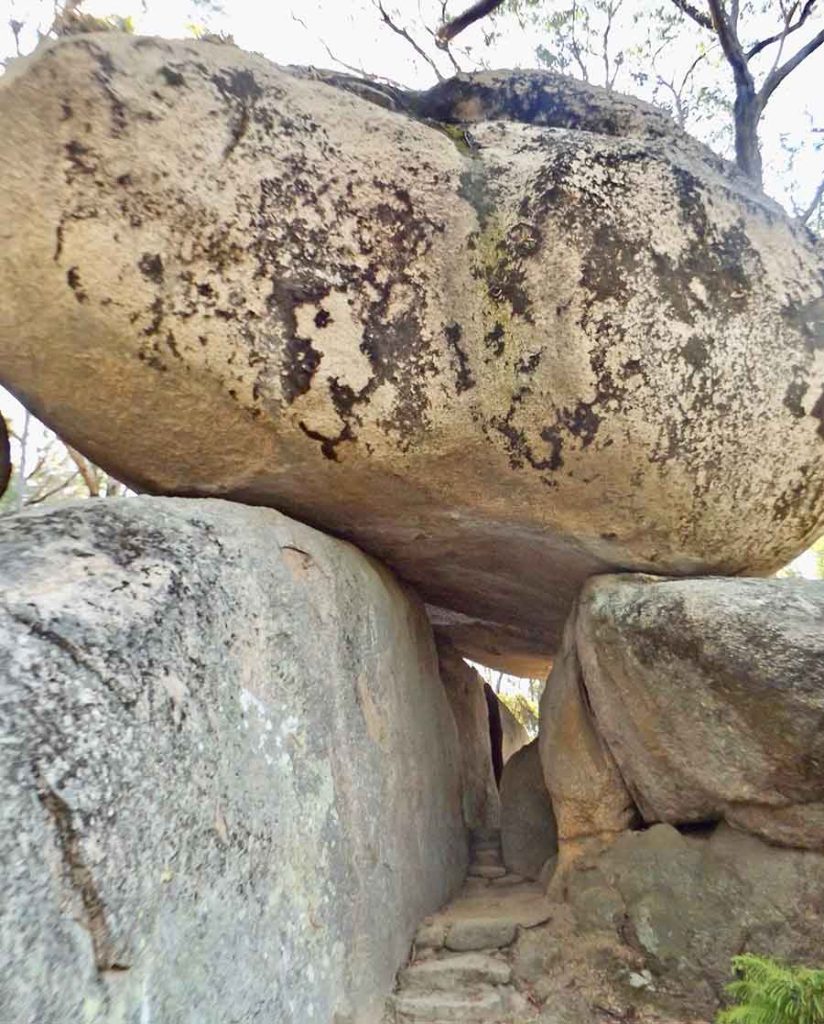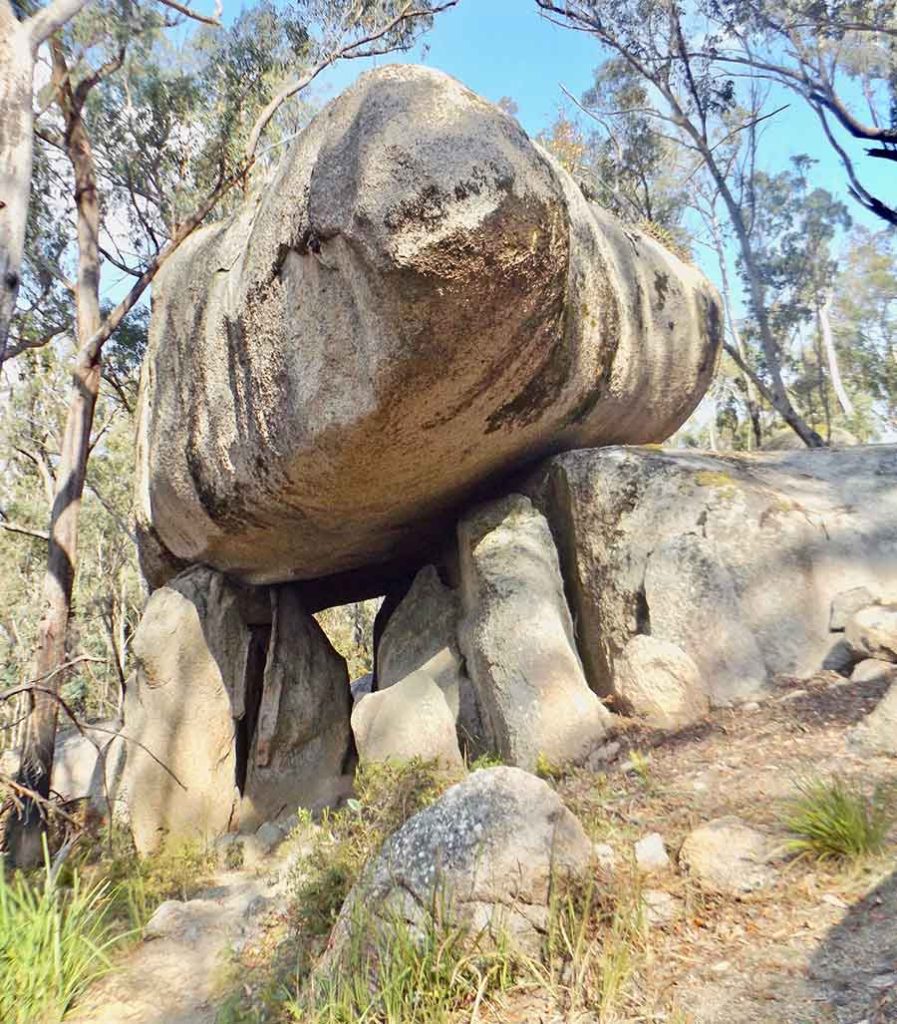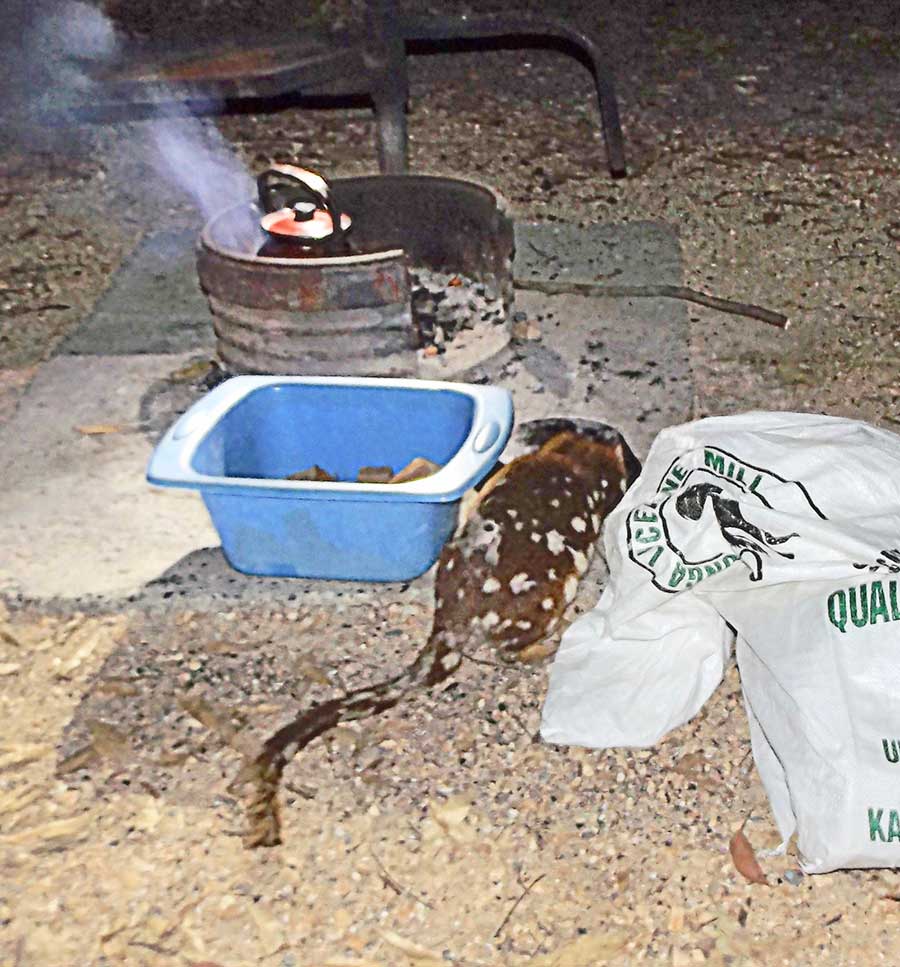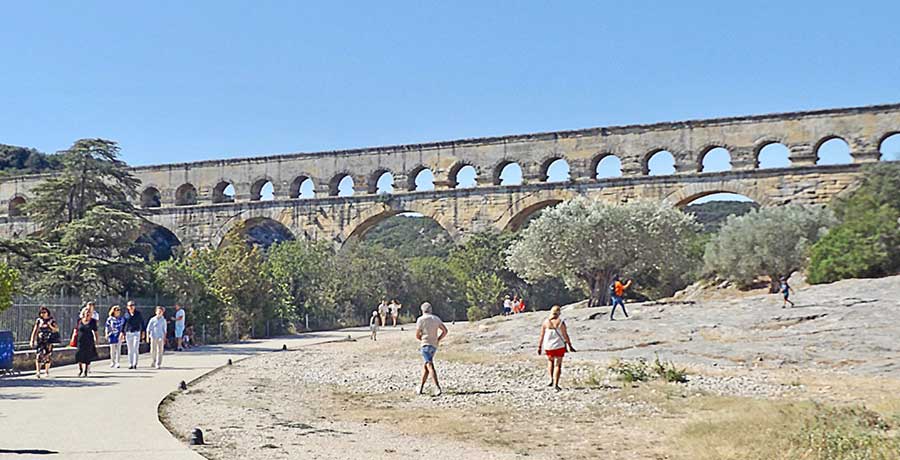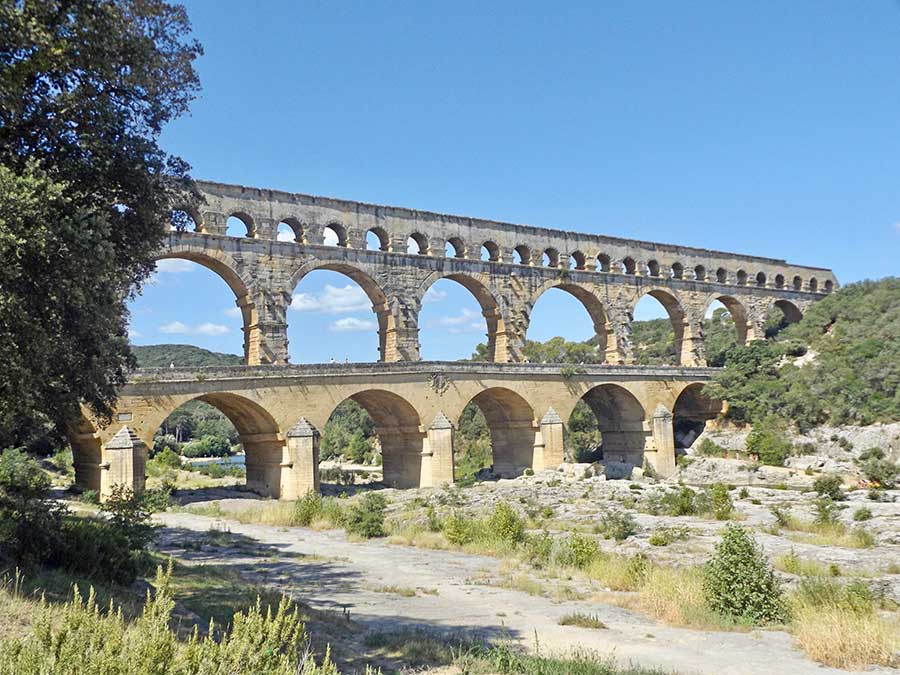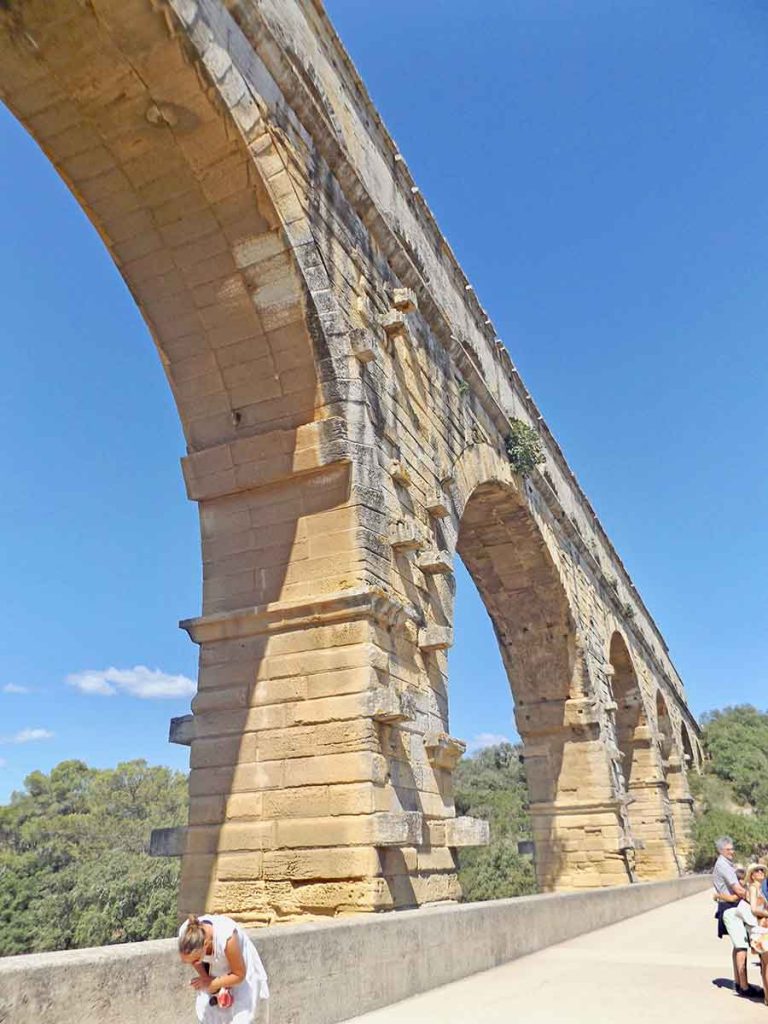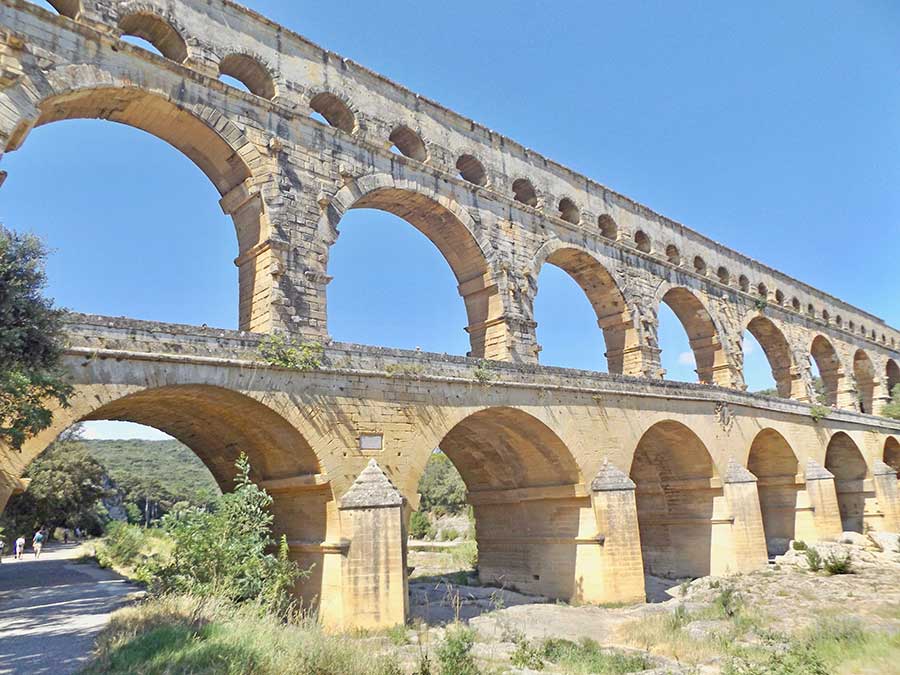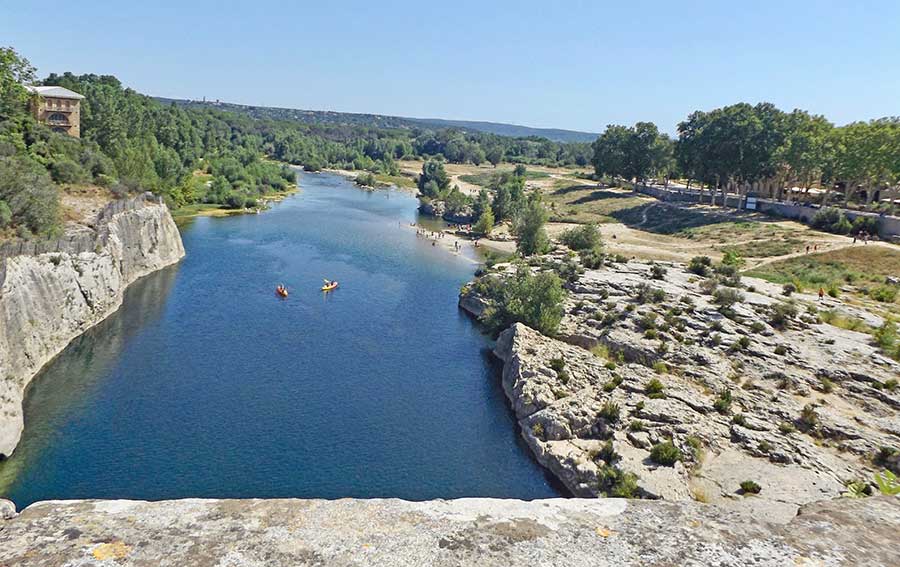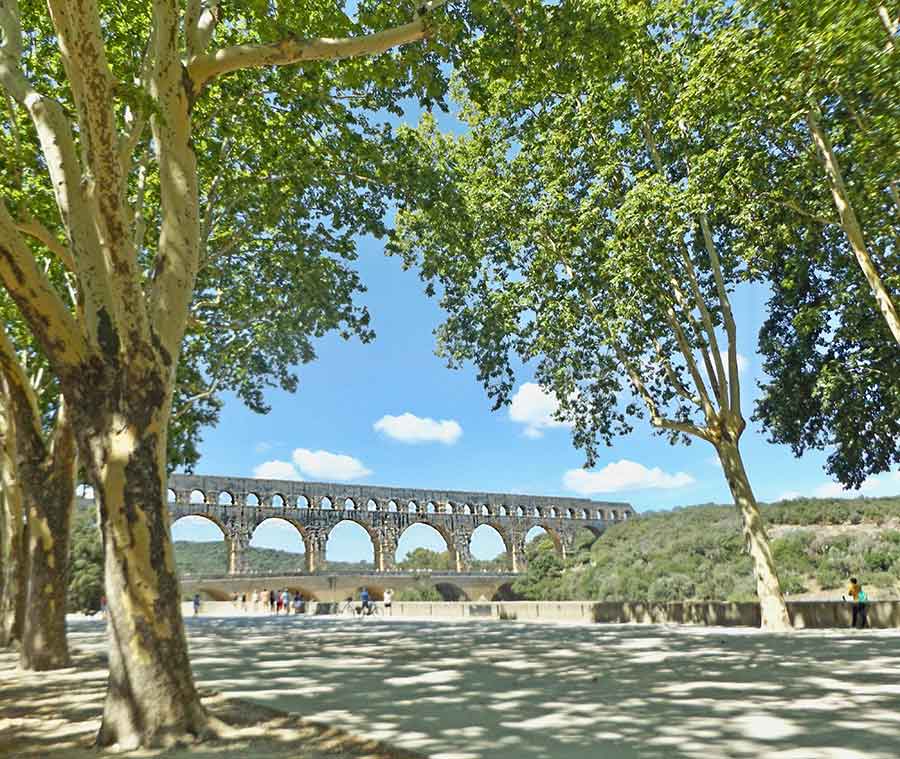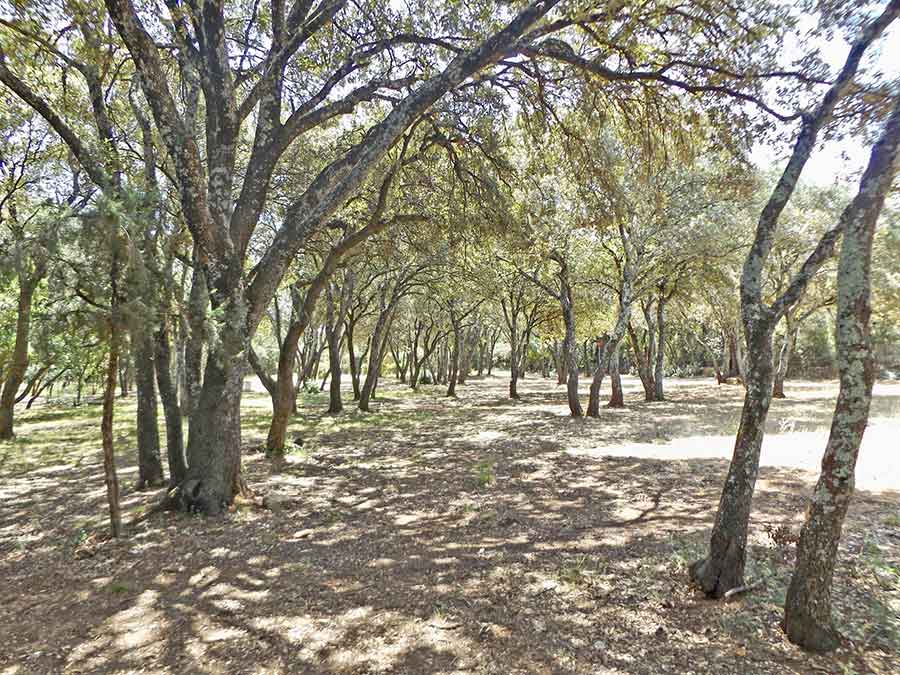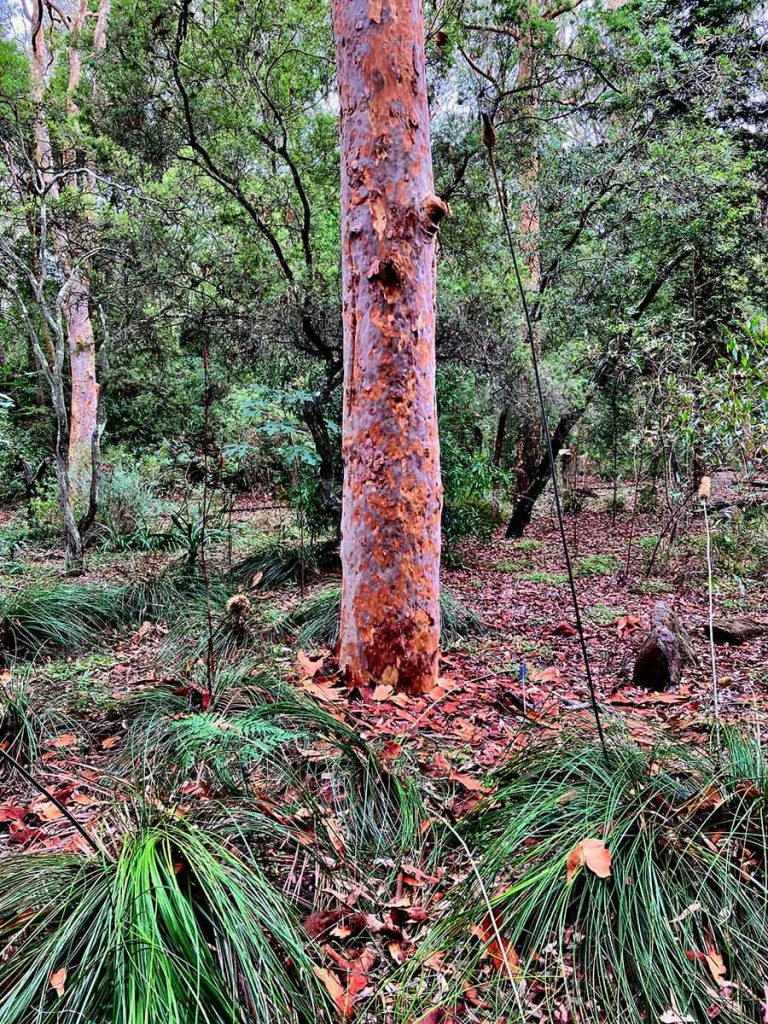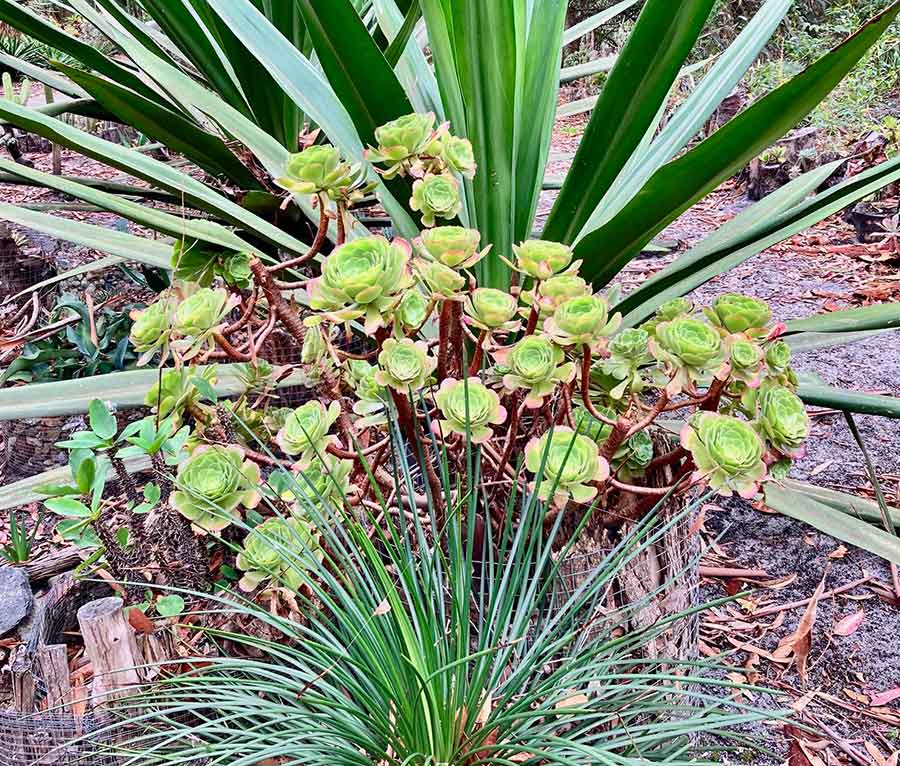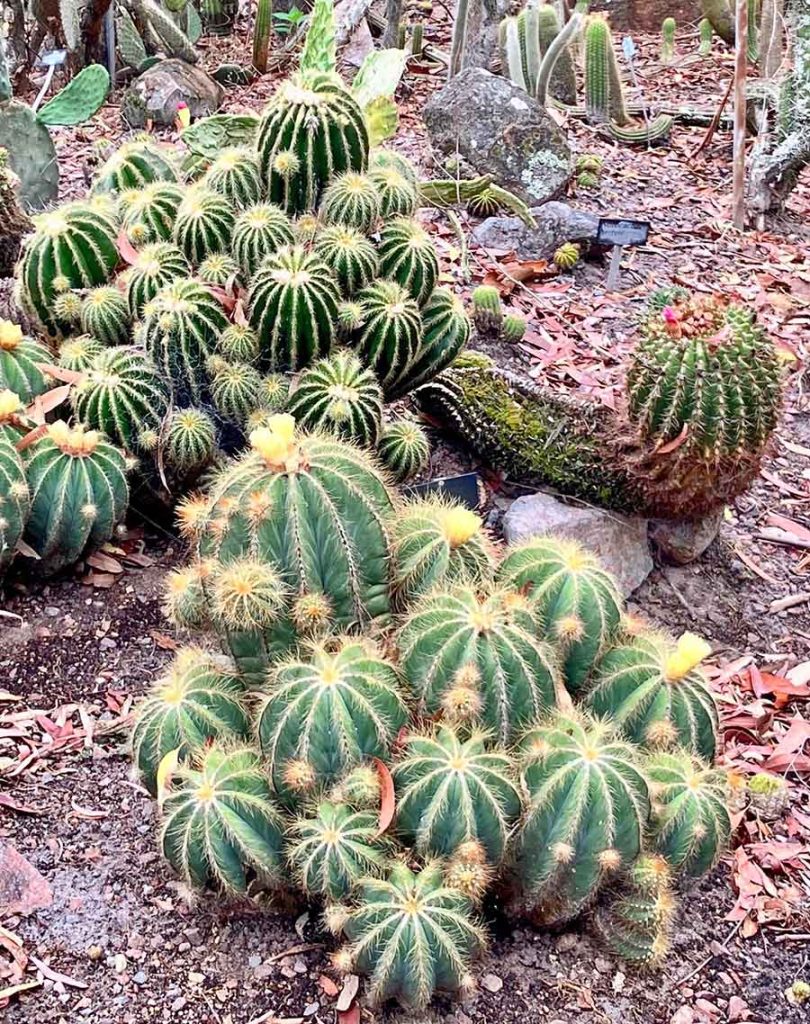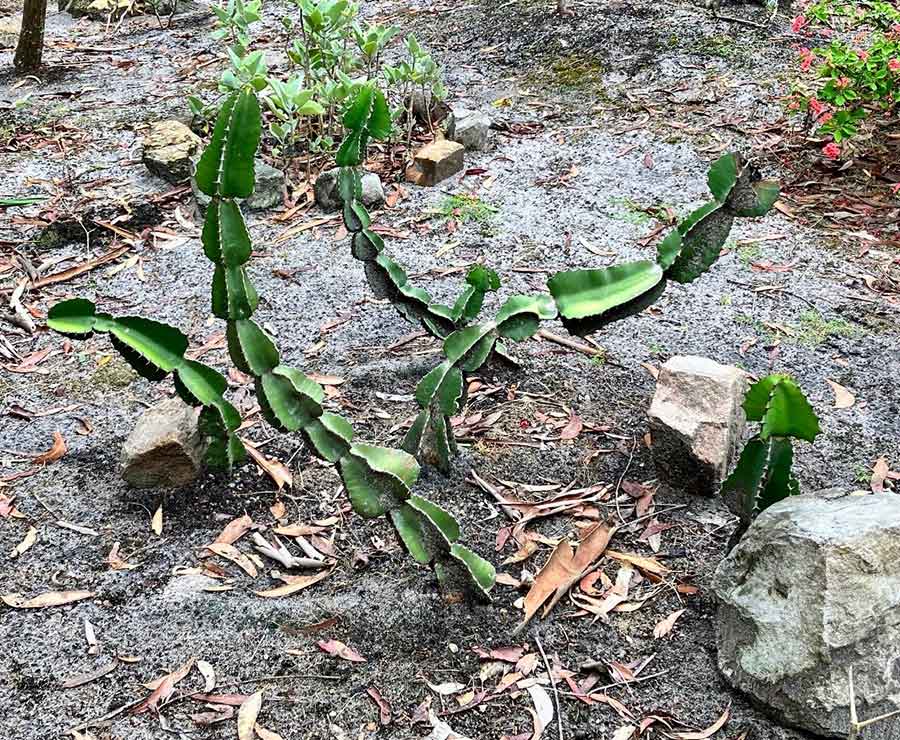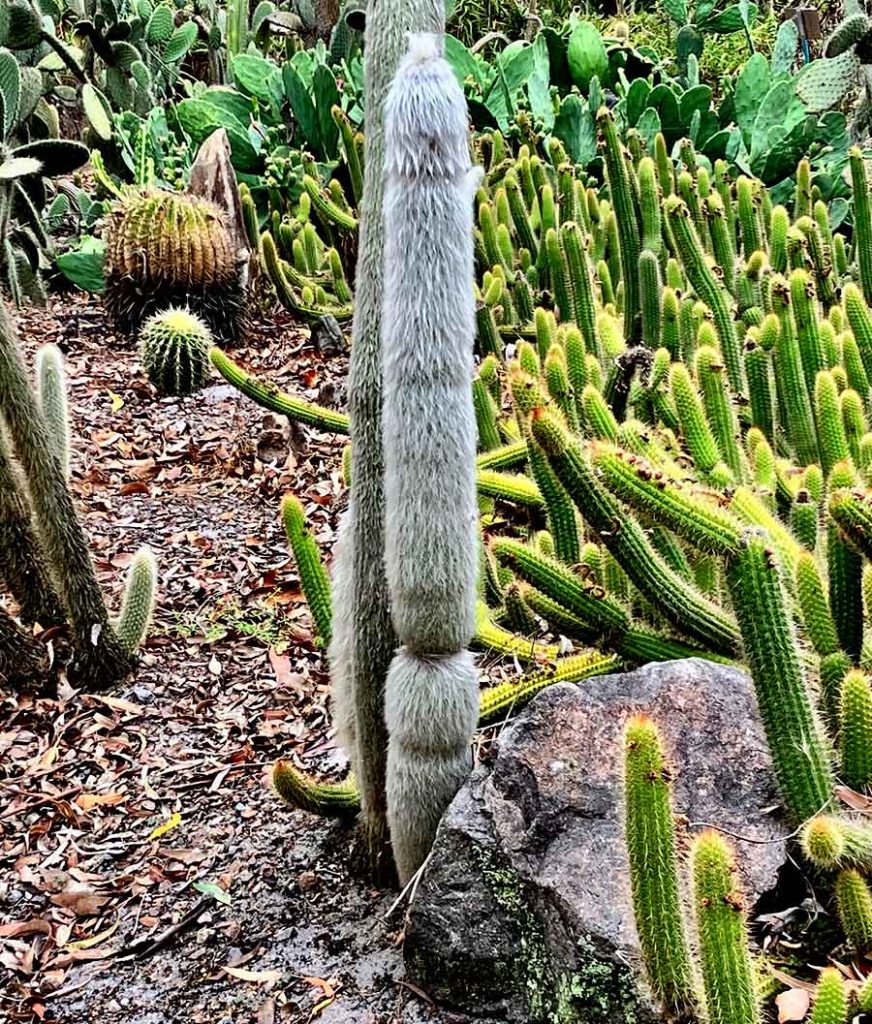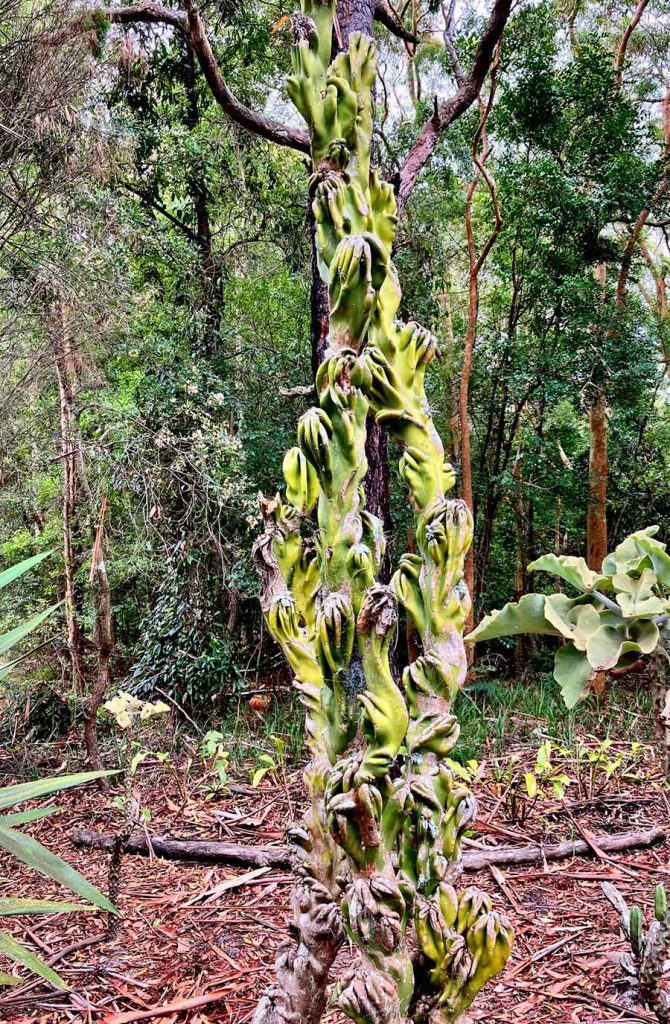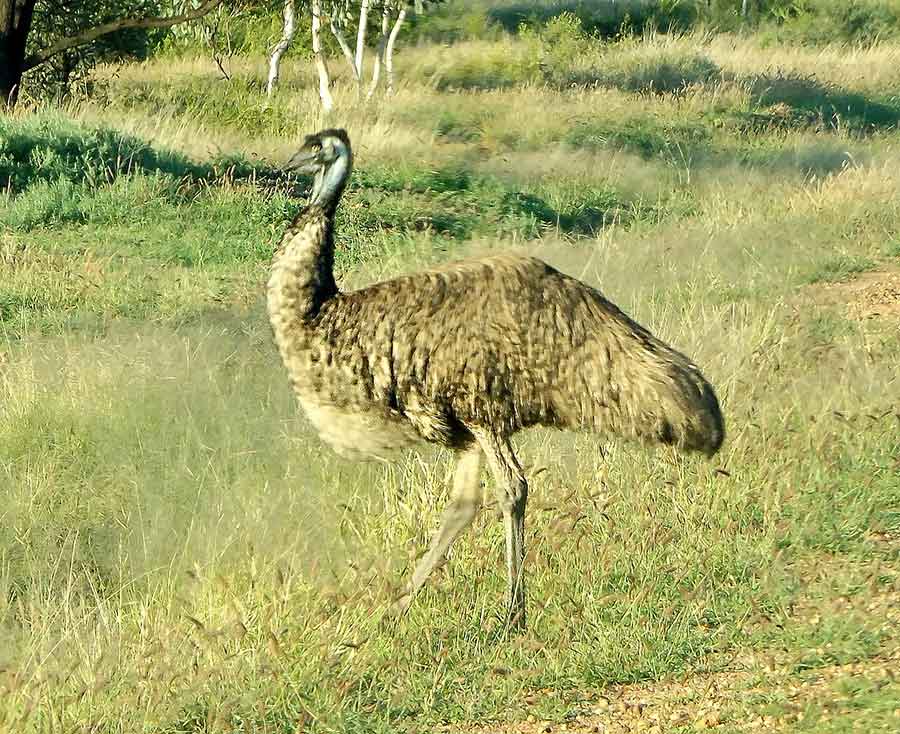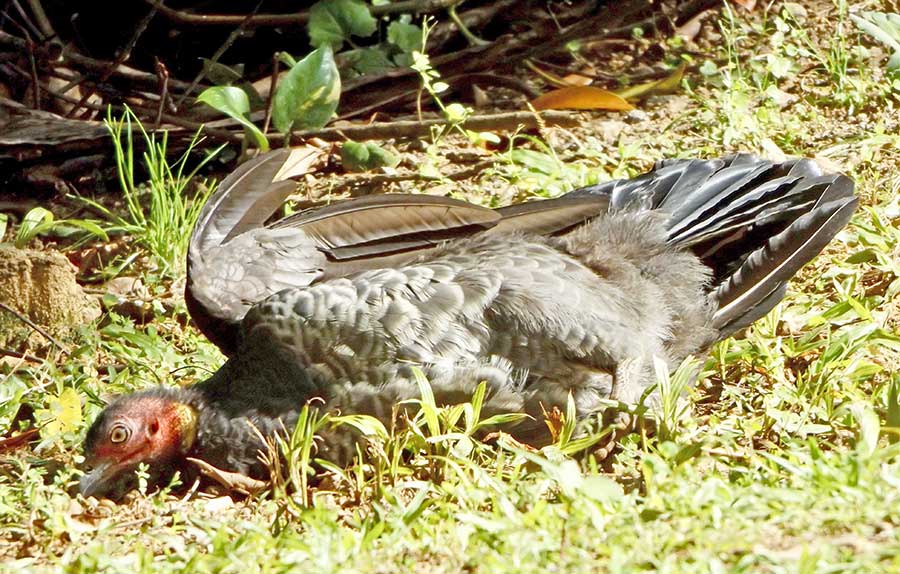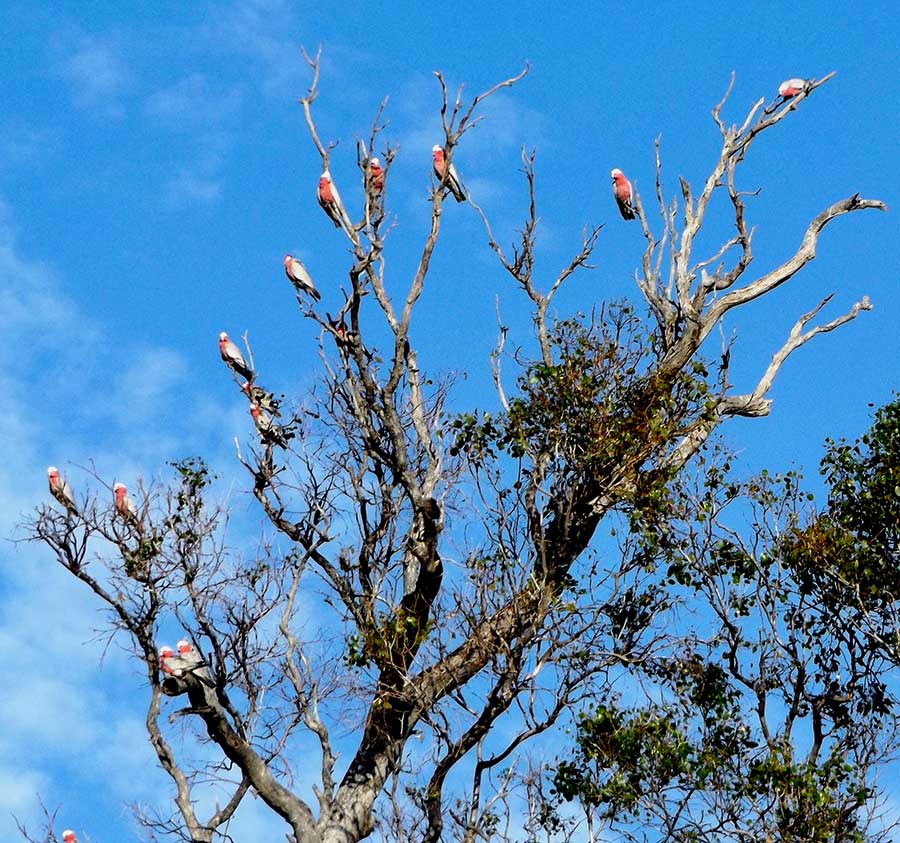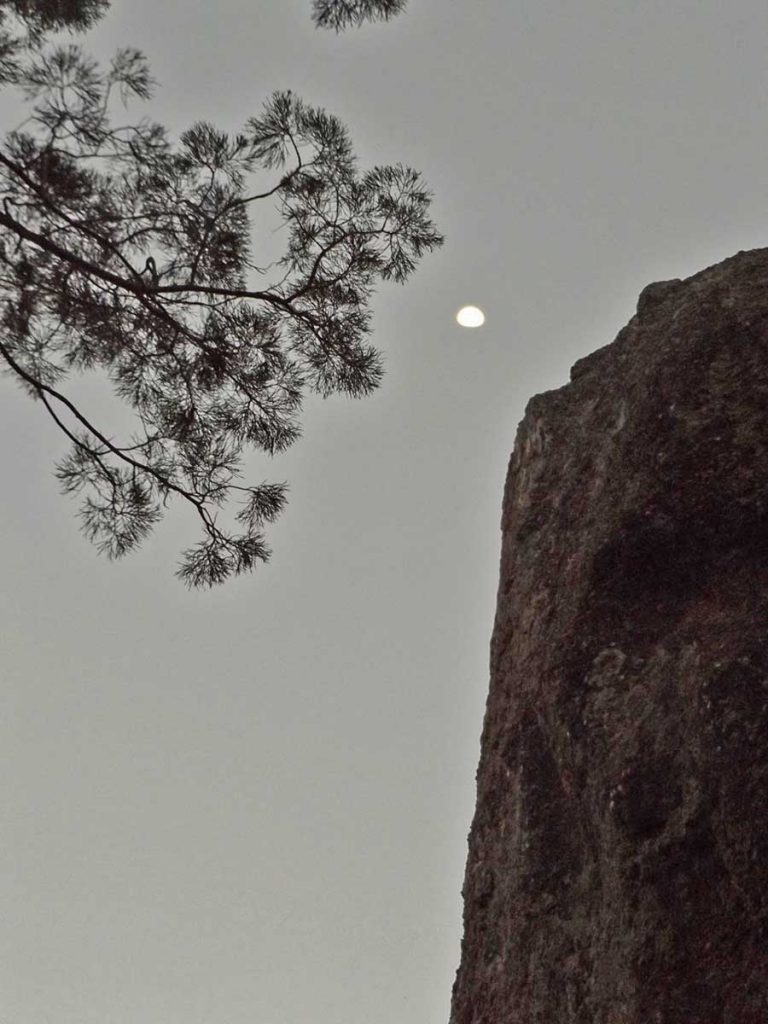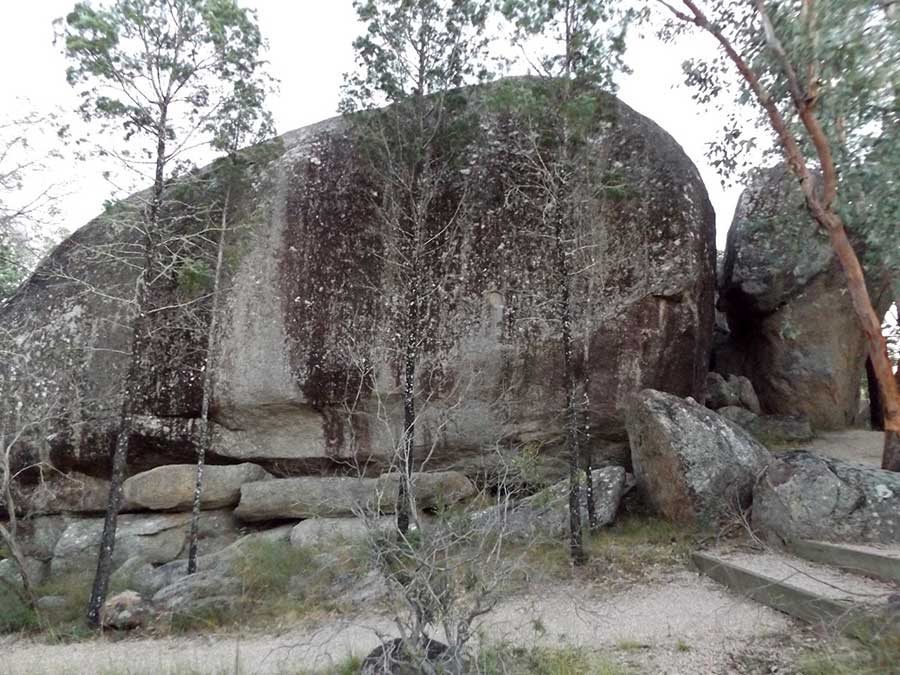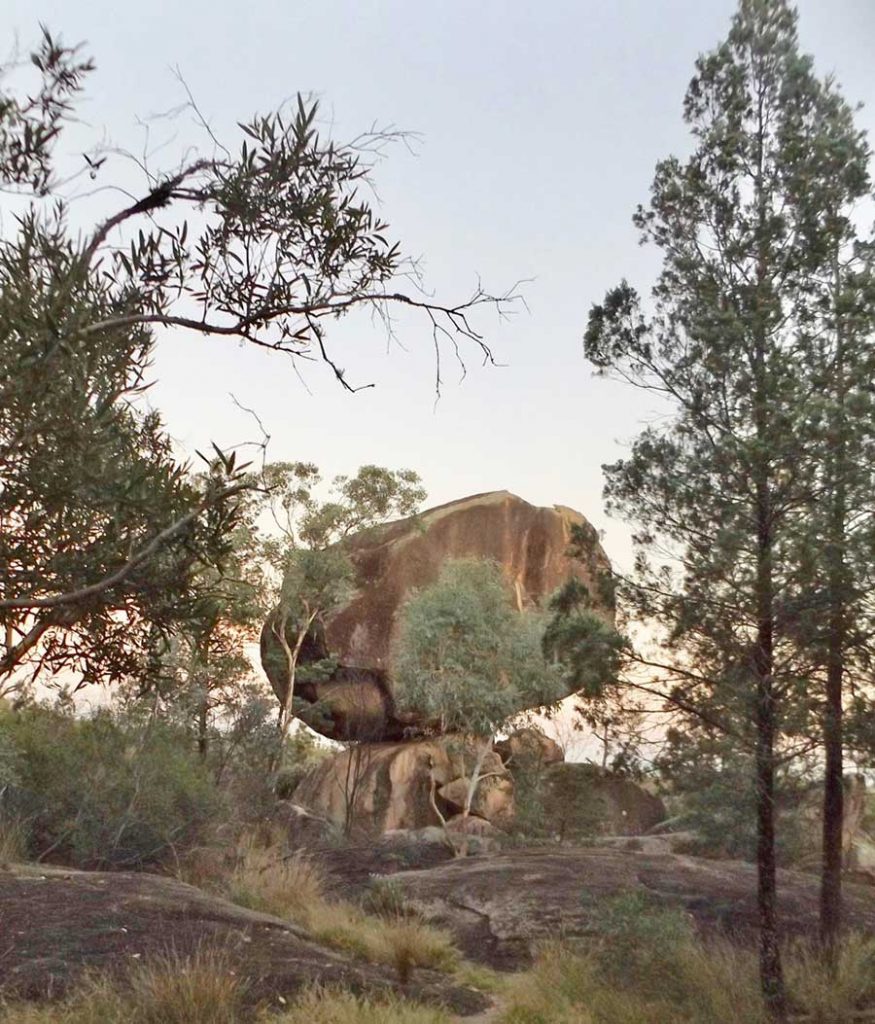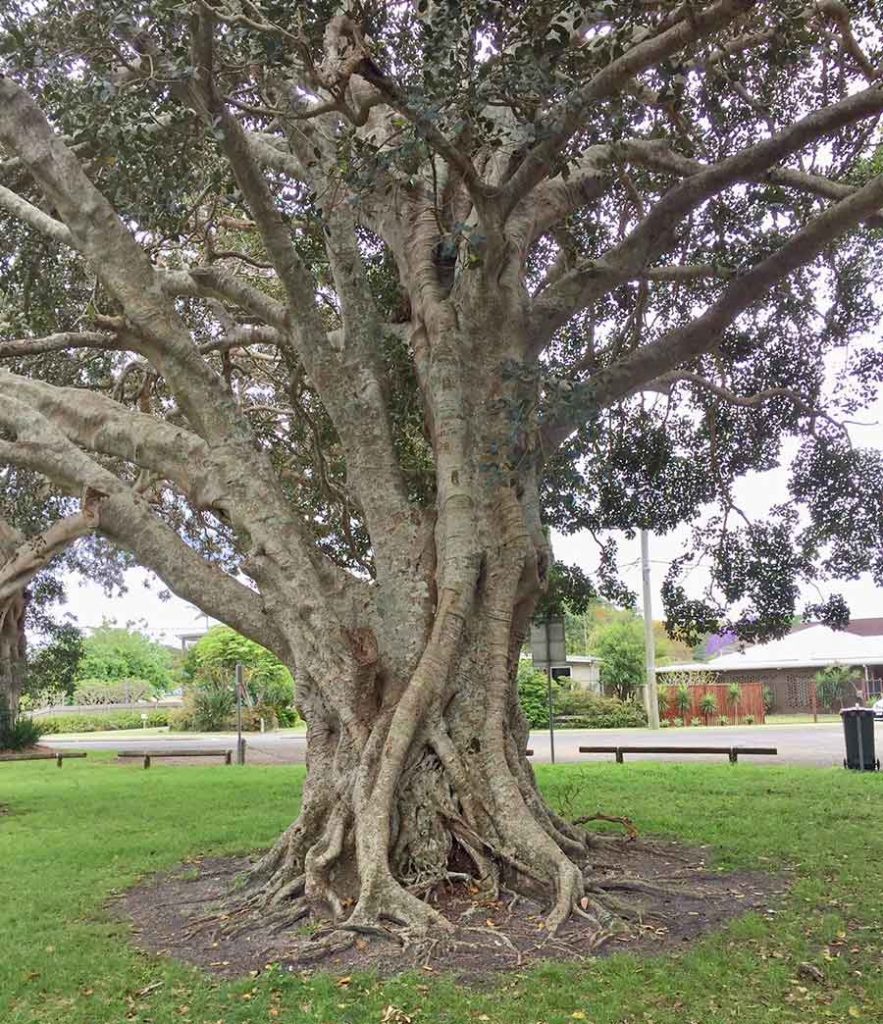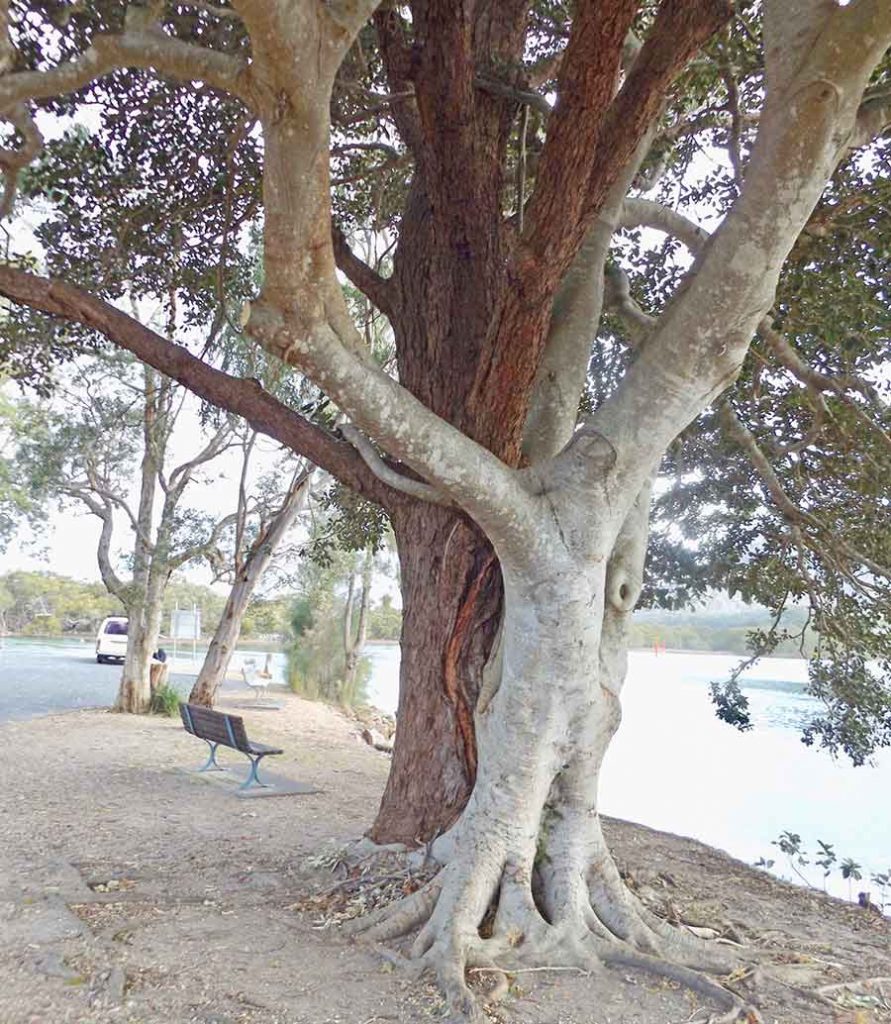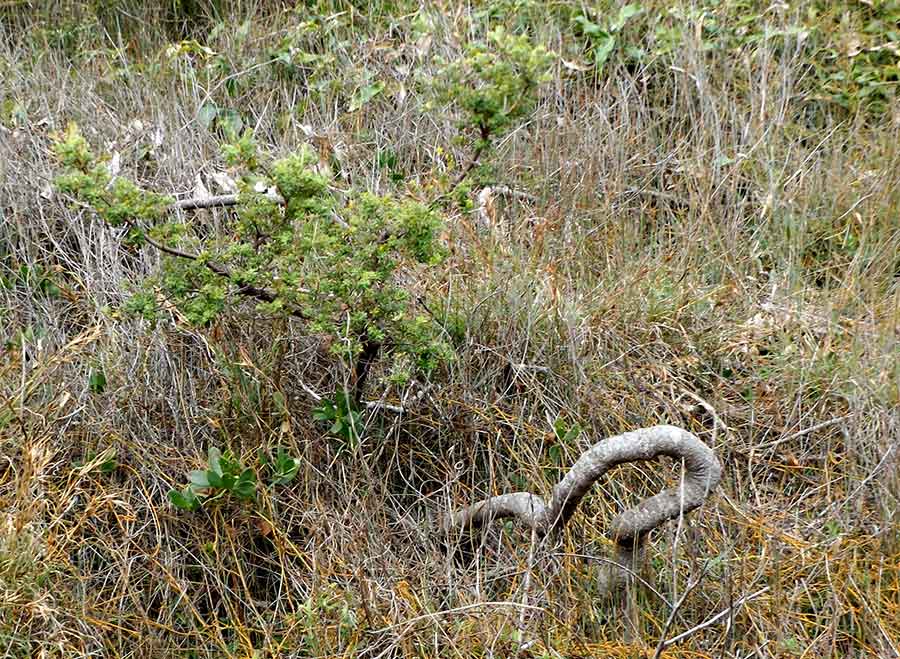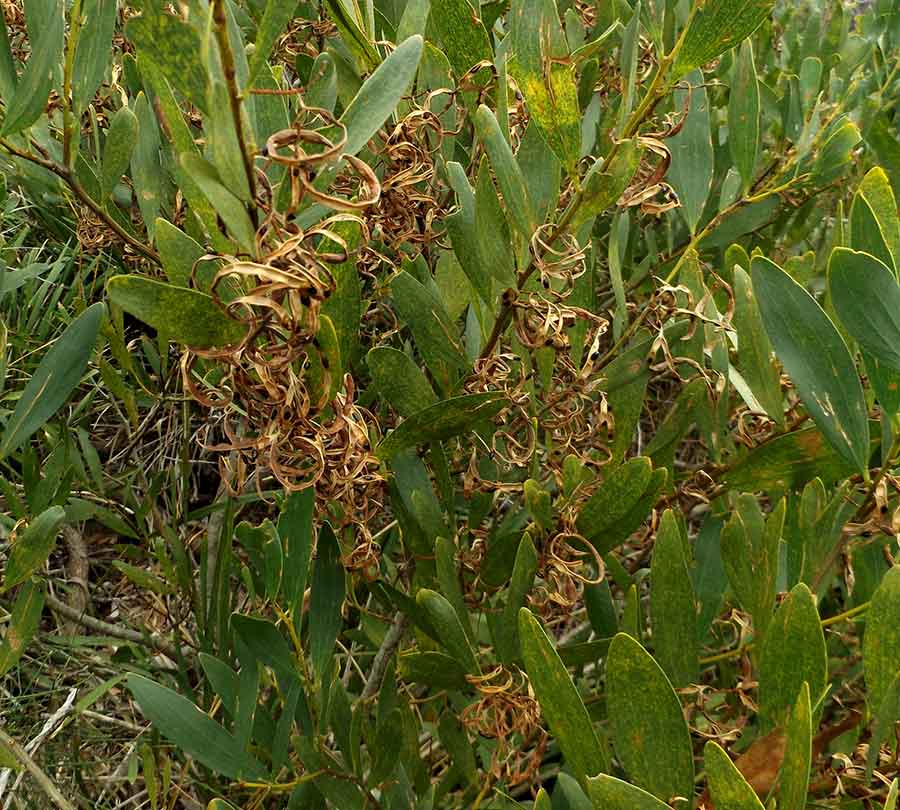For years I have driven past the Port Macquarie paddocks (opposite the golf course) where a herd of camels live, and wondered each time about their ability to cope with this most non-desert/green/high rainfall region.
Finally I stopped and took a closer look.
These camels are used for tourist rides, rather ludicrously called ‘Safaris’, on Lighthouse Beach.

They look out of place, as you can see, but they appear contented. They retain all the facial features useful to keep sand out of their eyes and mouth and nose, but here there is no need.
I learn that Australian camels, now a feral pest in northern parts, are Dromedaries, most suited to the Middle East … and Australia; 94 per cent of the world’s camels are such one-humped Dromedaries.
The humps hold fat, not water, as I’d always believed.

Most of this herd of about eleven camels were leisurely chewing their cuds, yet managing to look quite aristocratic as they did so.
There is something about the elevated angle at which they hold their heads that commands respect.
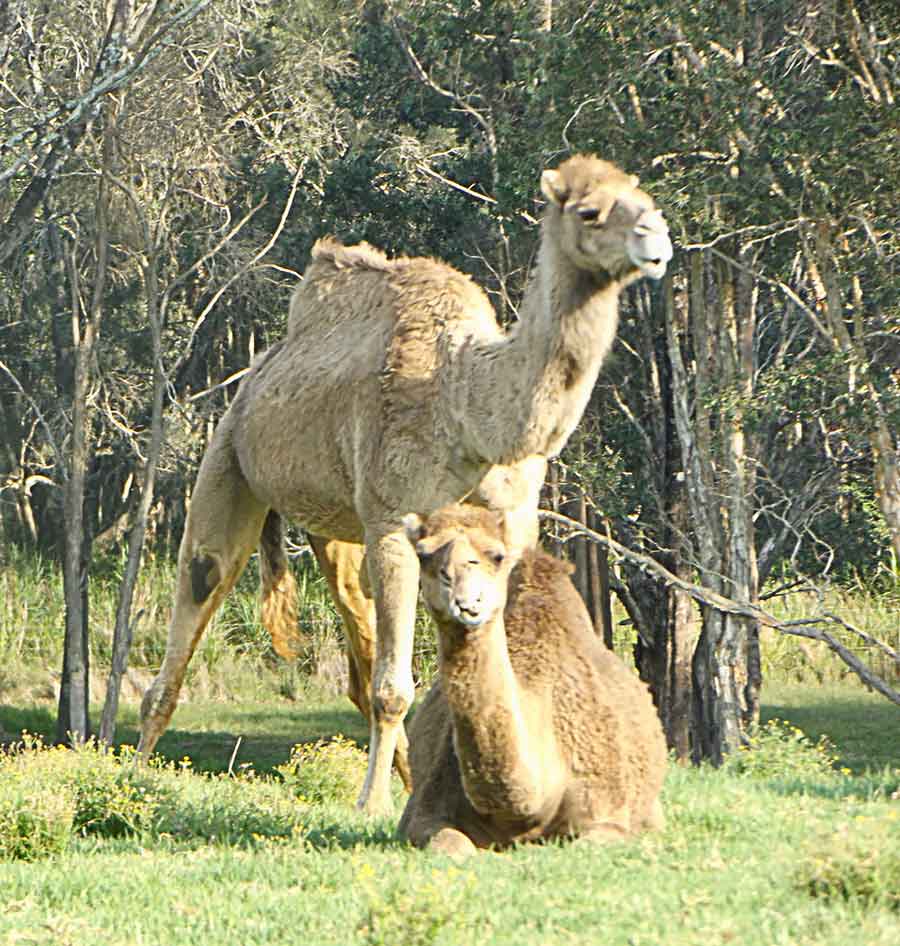
I noted that many stood with their back legs splayed. Unlike with horses, this did not appear to signal urination.
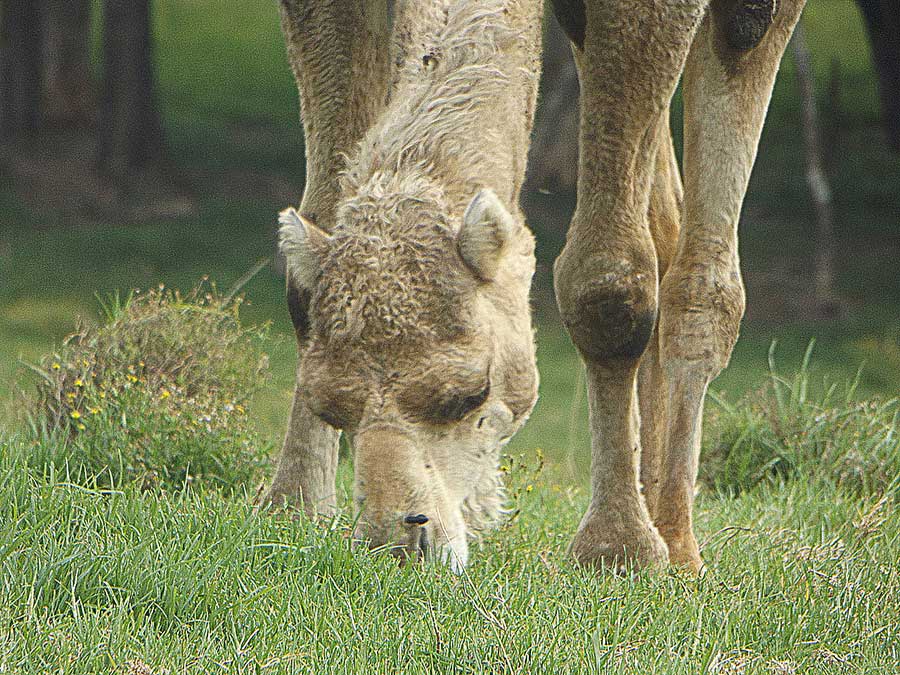
And then I noticed that most had a piercing, a camel nose peg, I learnt it is called, mainly made of timber. They did not all seem to have one, and it seems such pegs are mainly used to control bull camels, or to link camels in a ’string’.
I investigated, and yes, it is painful to have done, in that sensitive nose or mouth area, and should be done by a vet.
Here I confess I do not even have my ears pierced.
However, I invite you to check out what the RSPCA has to say about the practice.

I am impressed by these strange and noble creatures, with their googly eyes and mobile cleft lips, their spinal ridges of fur and their surprisingly wavy tails.
I hope they have no memory of endless desert sands… or that the 20 minute ‘Safaris’ on Lighthouse Beach fulfil some small part of the genetic yearning they must have.
